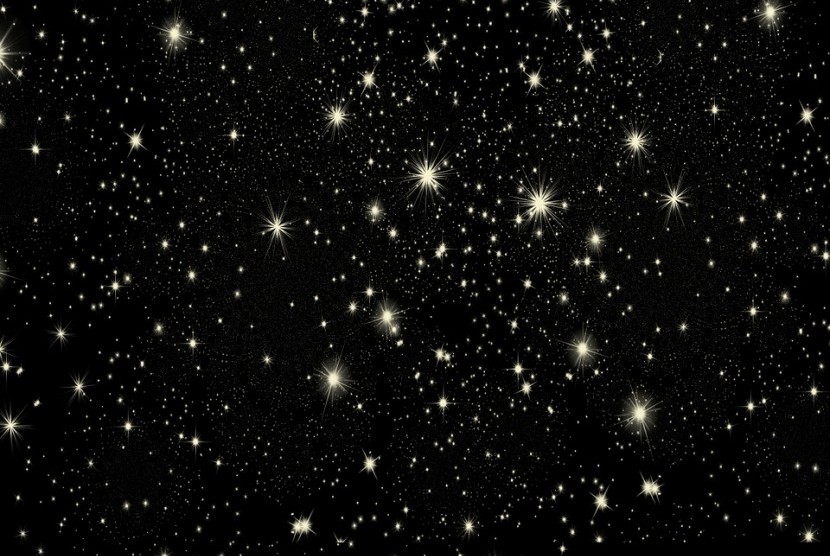Massive stars found very far away are still a matter of debate among astronomers.
REPUBLIKA.CO.ID, ATLANTA — The most massive star in the Universe is also the shortest-lived. The more mass a star has, the faster it burns its fuel reserves, resulting in a life span of less than about 10 million years.
This interesting fact brings us to the puzzle. Most of these stars are found relatively close to the area where they were born. But some of them have been found hiding in the Milky Way’s strange pockets, far from the galactic disk where they formed star occur; in other words, their birthplace.
In fact, so far, the travel time required to get there far exceeds the lifespan of a few stars.
“Astronomers discovered massive star that is far from its origin, so far, in fact, it takes much longer than the lifetime of a star to get there,” said astronomer Douglas Gies and Georgia State University. Sciencealert, Sunday (6/2/2022).
“How this happened is a topic of active debate among scientists,” he added.
The chaotic cosmic utter confusion that has long puzzled astronomers may now have an explanation thanks to new research. The focus of the research is a star named HD 93521. This is an O-type star, the most massive category of stars in the main sequence.
HD 93521 is also about 3,600 light-years from the galactic disk, in a sparsely populated region called the galactic halo. It was quite a distance, so Gies and company wanted to find out if there was a reasonable way to get there.
They used data from the European Space Agency’s Gaia satellite. This is an ongoing project to map the Milky Way with the highest possible precision, in three dimensions and including data on the motion and speed of the stars. They also carefully analyze the spectrum of the light emitted by the star, to help determine its mass, age and spin.
Gaia data reveals that HD 93521 is about 4,064 light-years from Earth and 3,600 light-years from the galactic disk.
The team also calculated that the star was about 17 times the mass of the Sun, with an average temperature of about 30,000 Kelvin. At that mass and temperature, the star should be about five million years old, with a margin of error of about two million years. Its maximum lifespan is about 8.3 million years.
However, to migrate from its birthplace in the galactic disk to its current position, it would take about 39 million years. It’s hard to understand, but the star itself can hold the key to the mystery. Our Sun’s rotational rate is just under two kilometers per second. The HD 93521 rotates at a breakneck speed of 435 kilometers per second.
There are several mechanisms that can increase the rotational speed of a star. One of the biggest effects is through stellar mergers, which will combine not only the spins of the two stars, but also the angular momentum of their orbits.
This is exactly what the team says happened with HD 93521. It began its life as a binary made up of two medium-mass stars, which joined together to form the star we see today in the relatively recent past.
These medium-mass stars would have long enough lifespans to survive the journey to the galactic halo, the researchers said. They have even found a binary that can validate their findings. Another star system IT Librae is a binary consisting of two B-type stars (one step smaller than an O-type star), one of which is more massive than the other.
The larger star also appears to be too short-lived for the travel time it would take to reach its current position. But in a paper currently in print, the research team explains that the two stars are in a close binary, and the smaller one has already begun to transfer mass to the larger one.
That means that the larger mass at this time is deceptive because it was originally smaller, its lifespan is likely longer than it currently appears.
“The observed properties of HD 93521 all appear to be in line with expectations for a merged product. The star appears to be too young compared to its flight time from the Galactic disk because it is rejuvenated through the merging of binary component stars,” the researchers wrote.
Investigation of such systems will provide important clues about the properties of post-mass transfer and merging systems that are key to understanding their ultimate supernova descent.
–

